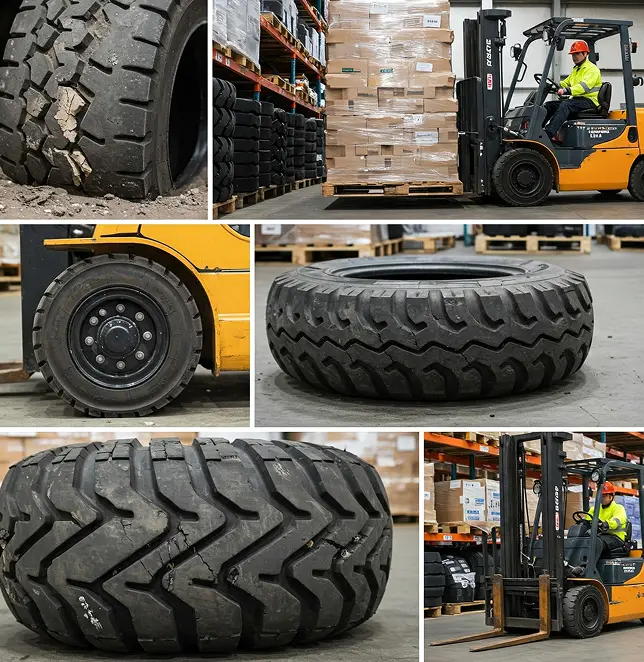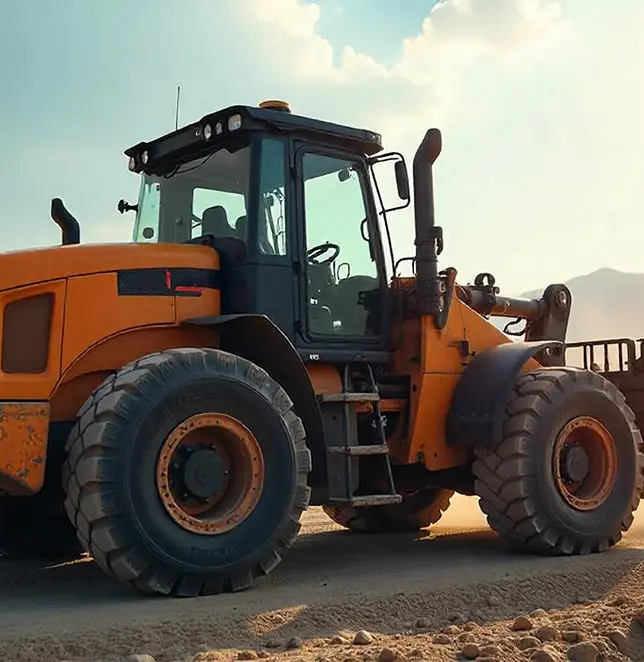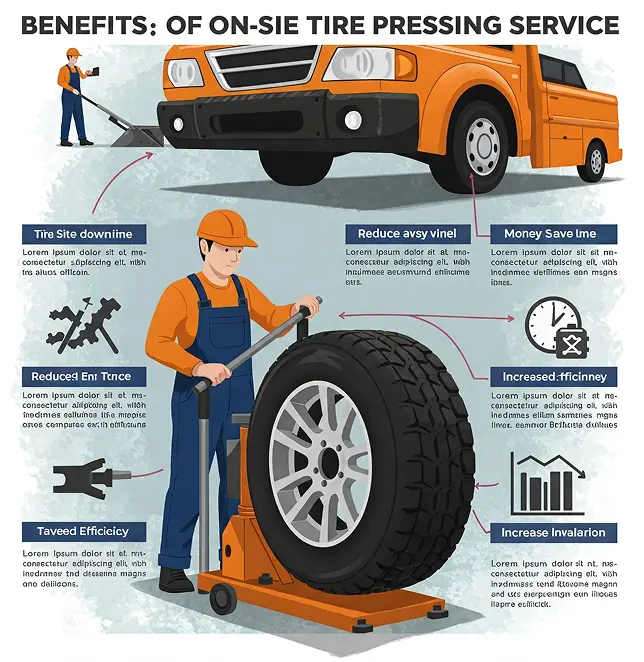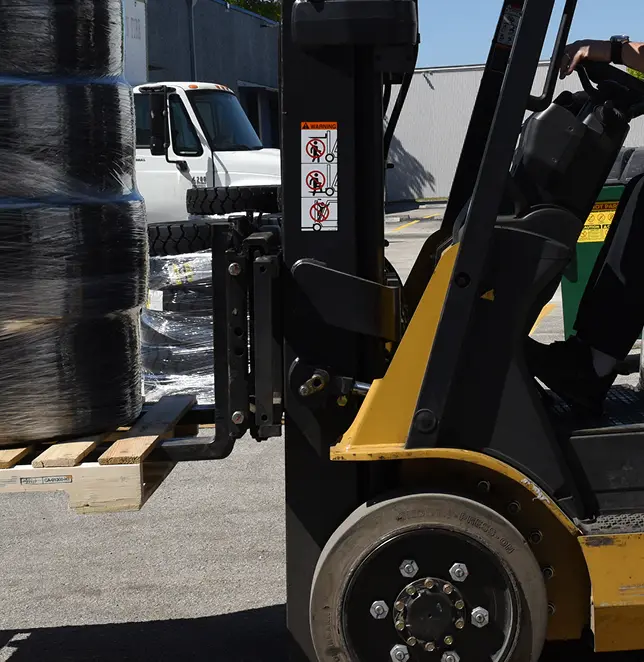Forklift tires play a crucial role in the safety, efficiency, and performance of your operations. Over time, tires wear down and can pose a risk if not replaced in a timely manner. Ignoring worn-out tires can lead to reduced productivity, increased maintenance costs, and even accidents. In this article, we will explore five key signs that indicate it’s time to replace your forklift tires.
1. Visible Damage and Cracks
One of the most obvious signs that your forklift tires need replacing is visible damage. Look out for:
- Cracks or splits in the rubber
- Missing chunks or significant wear
- Flat spots or uneven wear patterns
Cracks and missing rubber pieces can compromise tire integrity, leading to reduced traction and increased risk of failure. Inspect your tires regularly to ensure they are in good condition.
2. Reduced Tread Depth
The tread on forklift tires is essential for maintaining grip and stability. Over time, treads wear down, reducing traction and increasing the likelihood of skidding. Signs of tread wear include:
- Smooth or bald spots on the tire surface
- Decreased traction, especially on wet or slippery surfaces
- Difficulty maneuvering the forklift safely
A simple tread depth gauge can help determine if the tread is too worn. If the tread is below the manufacturer’s recommended level, it’s time to replace the tires.
3. Frequent Loss of Air Pressure (Pneumatic Tires)
For forklifts with pneumatic tires, consistent air pressure loss is a warning sign. If you find yourself frequently inflating the tires, it could mean:
- There are punctures or small leaks
- The rubber is deteriorating due to aging
- The internal structure of the tire is compromised
Operating a forklift with underinflated tires can lead to poor handling and increased fuel consumption. Regularly check air pressure and replace tires that cannot maintain the correct pressure.
4. Overloading and Uneven Wear
Forklifts carry heavy loads, and overloading can cause excessive strain on the tires. Signs of overloading damage include:
- Bulging or misshapen tires
- Uneven wear patterns, such as one side wearing faster than the other
- Decreased stability when lifting loads
Uneven wear can also result from improper alignment, rough terrain, or inadequate maintenance. If you notice uneven wear, consider both replacing the tires and adjusting your operating procedures.
5. Increased Vibration and Rough Ride
If your forklift operator reports excessive vibration or a rough ride, the tires may be worn out. Issues that contribute to a rough ride include:
- Flat spots from skidding or prolonged stationary loads
- Internal structural damage
- Uneven tread wear
Excessive vibration can not only damage the forklift but also cause operator fatigue and reduce efficiency. Replacing worn tires will improve ride comfort and extend the life of your equipment.
Final Thoughts
Regular tire inspections and timely replacements are crucial to maintaining forklift performance and safety. If you notice any of the signs mentioned above, it’s best to replace the tires as soon as possible to prevent further issues. Investing in high-quality forklift tires and adhering to a proper maintenance schedule will ensure smooth and efficient operations.
For expert guidance and quality forklift tires, contact us today!



